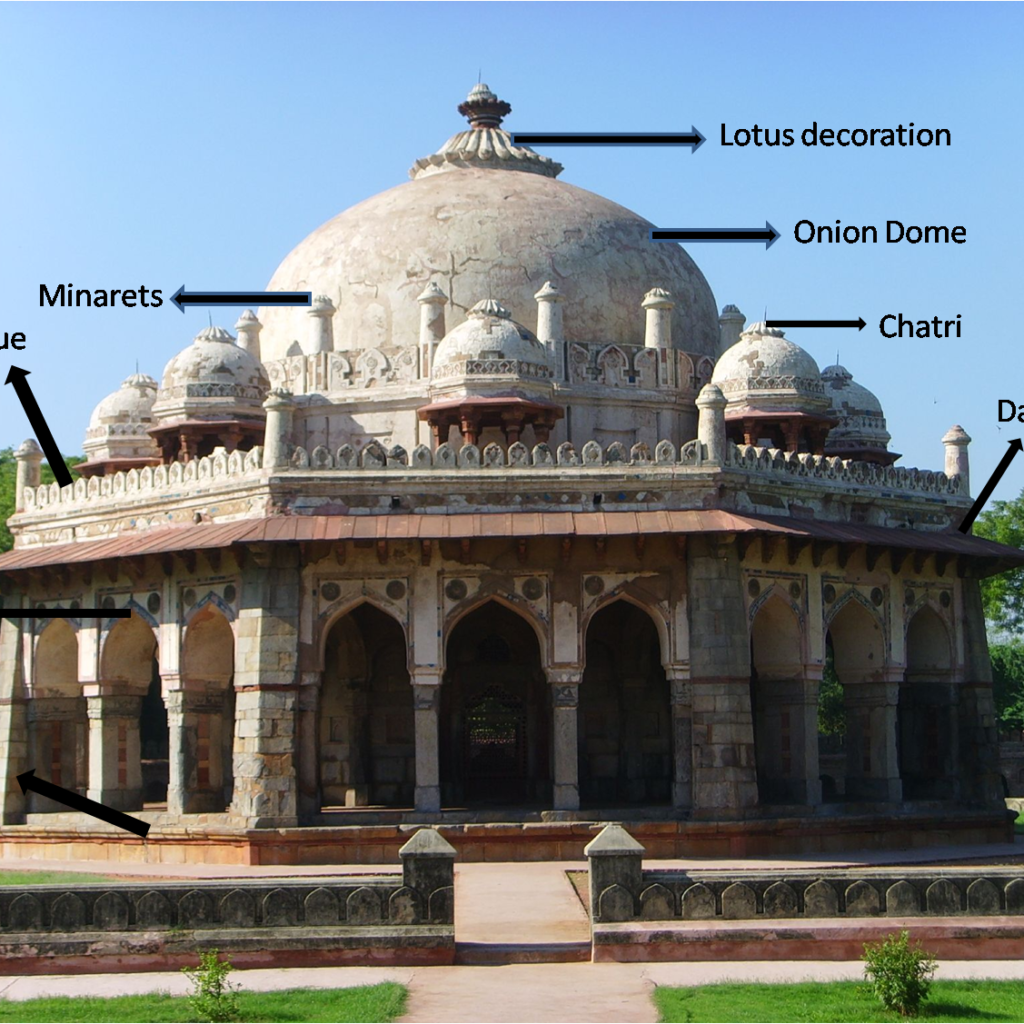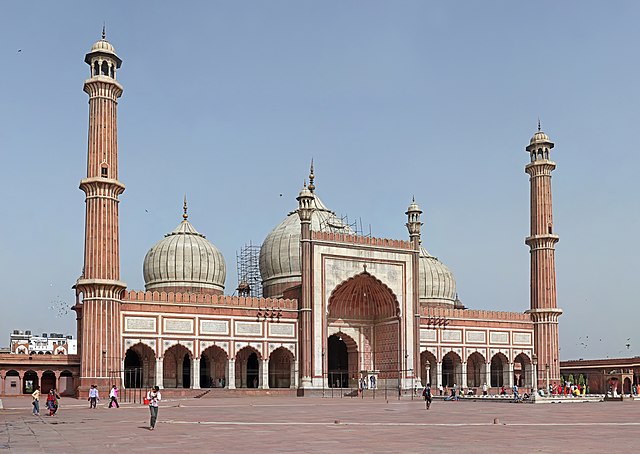
Indo-Islamic Architecture: Fusion of Cultures and Architectural Brilliance
Introduction:
Indo-Islamic architecture is a unique blend of Islamic and Indian architectural styles that emerged in the Indian subcontinent during the medieval period. This architectural tradition showcases a harmonious fusion of Islamic elements with local architectural techniques, resulting in breath-taking structures that reflect the cultural exchange between the Islamic and Indian civilizations. In this article, we will explore the characteristics of Indo-Islamic architecture and highlight a notable example to help students understand this architectural style.
Characteristics of Indo-Islamic Architecture:
- Influence of Islamic Elements: Indo-Islamic architecture incorporates various features of Islamic design, such as domes, arches, minarets, and calligraphy. These elements were introduced by the Muslim rulers who arrived in India and left an indelible mark on the architectural landscape.
- Integration of Local Techniques: One of the distinguishing characteristics of Indo-Islamic architecture is the integration of local Indian architectural techniques. This includes the use of traditional Indian materials like stone, brick, and wood, as well as the incorporation of decorative motifs, intricate carvings, and vibrant colors.
- Decorative Ornamentation: Indo-Islamic architecture is known for its exquisite decorative ornamentation. Intricate geometric patterns, floral designs, and calligraphic inscriptions adorn the surfaces of buildings, showcasing the craftsmanship and attention to detail of the artisans.
- Courtyards and Gardens: Many Indo-Islamic structures feature expansive courtyards and beautiful gardens. These elements serve as tranquil spaces for relaxation and reflection, providing a serene atmosphere within the architectural complex.
- Use of Light and Shadow: Indo-Islamic architecture employs the play of light and shadow to enhance the visual impact of structures. This is achieved through the strategic placement of windows, screens, and perforated stone panels, which create captivating patterns of light that change throughout the day.
Notable Example:

Jama Masjid, Delhi
The Jama Masjid in Delhi is a prominent example of Indo-Islamic architecture. Constructed by Emperor Shah Jahan, the mosque showcases the grandeur and magnificence of this architectural style. Here are some features of the Jama Masjid:
- Grand Scale: The Jama Masjid is one of the largest mosques in India, capable of accommodating thousands of worshippers. It boasts a vast courtyard, three imposing gateways, and towering minarets.
- Red Sandstone and Marble: The mosque is constructed primarily using red sandstone and white marble, lending it an impressive visual appeal. The red sandstone walls are adorned with intricate carvings and calligraphic inscriptions.
- Central Prayer Hall: The central prayer hall of the Jama Masjid is an architectural marvel. It is crowned by three magnificent marble domes and flanked by two towering minarets. The hall features arches, pillars, and mihrabs (prayer niches) decorated with intricate designs.
- Courtyard and Reflecting Pool: The Jama Masjid boasts a spacious courtyard where worshippers gather for congregational prayers. A large reflecting pool adds to the serene ambiance of the complex.
Conclusion:
Indo-Islamic architecture represents the harmonious fusion of Islamic and Indian architectural styles, resulting in structures of remarkable beauty and cultural significance. This architectural tradition showcases the synthesis of diverse artistic influences, incorporating Islamic elements while preserving and integrating local Indian techniques. The Jama Masjid in Delhi stands as a testament to the grandeur and magnificence of Indo-Islamic architecture, inviting admiration for its scale, craftsmanship, and cultural significance. Studying this architectural style helps us understand the rich historical and cultural exchange that took place during the medieval period in the Indian subcontinent.
